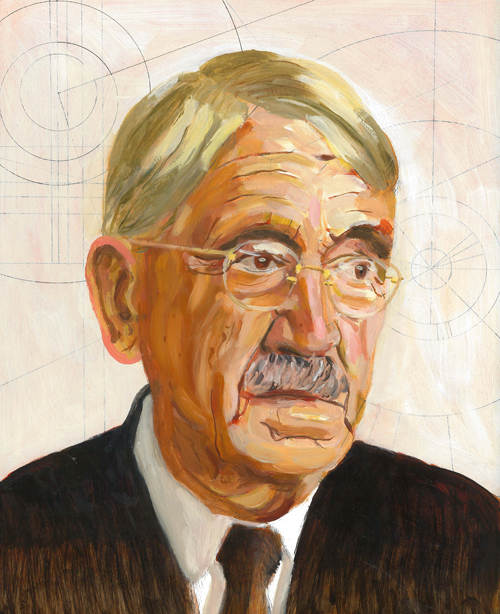According to Dewey, art is the living and concrete proof that man can consciously restore the union of sensation, need, impulse, and action characteristic of the live creature. (Dewey, 1934). It is possible for humans to reach “new and unprecedented heights of unity of sense and impulse, saturated with the conscious meaning derived from communication and deliberated expression”. (Dewey, 1934). “The existence of art is the concrete proof… that man uses the materials and energies of nature with intent to expand his own life and that he does so in accord with the structure of his organism—brain, sense organs, and muscular system.” (Dewey, 1934). Art is the best proof of the existence of a union of material and ideal. (Dewey, 1934).
3.Dewey defines an experience as one that is fulfilled or consummated. “We have an experience when the material experienced runs its course to fulfillment.” (Dewey, 1934) For example, a problem that reaches its solution or a game that is played through. This kind of experience is a whole and carries its own individualized quality and self-sufficiency. (Dewey, 1934)
Works of art are examples of experiences. The word “esthetic” refers to experience as appreciative, perceiving, and enjoying from the consumer’s point of view. (Dewey, 1934). Art “unites the very same relation of doing and undergoing, outgoing and incoming energy, that makes an experience to be an experience”. (Dewey, 1934).
The end of art is the integration of its parts. In an integral experience, there is a dynamic form that involves growth. “The series of doings in the rhythm of experience give variety and movement; they save the work from monotony and useless repetitions. The undergoing are the corresponding elements in the rhythm” (Dewey, 1934). Dewey’s Aesthetic is dynamic.

4.The act of expression is related to emotions. For Dewey, emotion is always implicated in a situation in which the self is moving. (Dewey, 1934) Expression is an act. Dewey does not sharply separate act and object. If the two meanings are separated, the object will be isolated from the operation that produced it, which is an individual live creature. On the other hand, the isolation of the act of expression from objective conditions leads to the notion that said expression is merely a process of discharging personal emotion. (Dewey, 1934).
Art does not merely represent other things. A poem and picture present material passed down through personal experience. The material came from the public world and has qualities in common with material from other experiences. The product of art awakens other people to new perceptions of the meanings of the common world. The oppositions in the common world, such as individual and universal, subjective and objective, freedom and order, synthesized in art. Expression as a personal act and as an objective result are organically connected. (Dewey, 1934).
